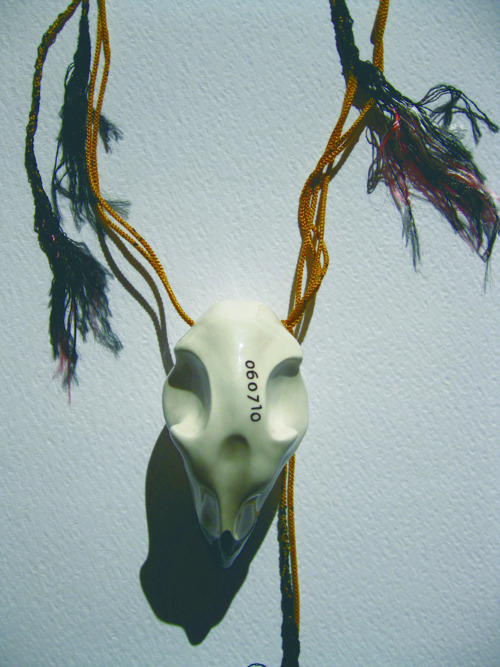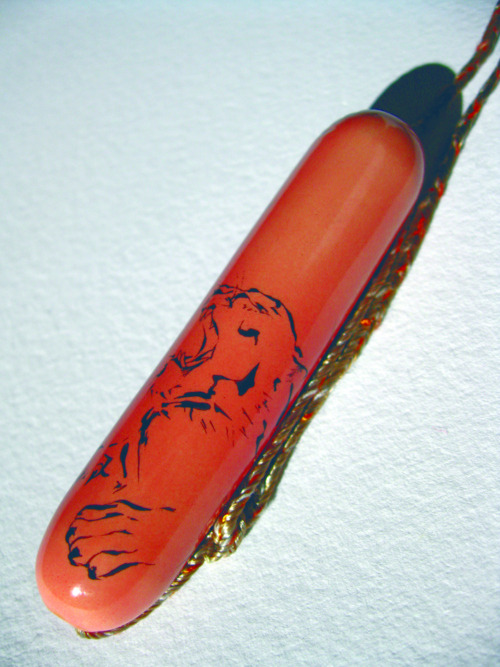
You have been working with ceramic jewelry and knobs for over ten years. How did you discover the passion for beautifully crafted objects?
THJane: I suppose it comes from our childhood. We grew up surrounded by photographs, books, stamps and original objects. Some had been brought up from the place where we’re born, Angola, in Africa.
Our dad was an architect, and mom was a teacher of arts and crafts. They invested strongly in our education for the discovery and exploration of unique artistic sensibilities, and we always felt responsible for giving them a well-deserved response. We studied piano for several years and used to go to classical music concerts every weekend.
We also had the opportunity to learn and practice woodwork and woodcut, ceramics and basketry, weaving and dressmaking, bookbinding, painting and engraving, and so many other useful things.
Years later, we set up THJané project and until today, we still live with the feeling of achievement that comes with creating things of beauty, you say, with our hands.

060710, 2011, Ceramic and soutache, carved and hand-painted, H 4,5 x 2,4 x 2,4.”
Working as a group has plenty of advantages, but sometimes it may be challenging. How do you divide your work? Who is responsible for what part of the constructing process?
After ten years of intense activity, Teresa usually comes to be responsible for the development of ideas and by the exploration of painting techniques. Also drawing and sculpture. And I (Helena), by the choice of materials and techniques of production, studies of color and by the preparation and application of glazes.
Sure it can bring some comfort. Yet, new works often require us to change roles and also to work together. Breaking routines and try new things have always encouraged us. Therefore, any of us can accomplish any task at any time.
Besides, it also reduces uncertainty about the capabilities of each other, allowing to have a greater respect for individuality and free expression. This is very important, especially when we seek the necessary consensus in our work.
In 2002, you created the THJané project. What are the main values and characteristics of THJane and how did the project start?
It seemed to be the right time. Teresa was between jobs, and I had a flexible schedule as a teaching trainer. We gathered the minimum conditions, which have changed little and took the project forward.
It was a great opportunity to exploit capabilities fully, be a decision maker and be able to choose topics and timings, breaking rules or go around them, to do things we had never thought of doing. Also, to get a life with no retirement age, operating in the niche of contemporary ceramics.
Similar needs had been already experienced by different generations in the family, in areas as different as the manufacture of puddings, the planting of cotton or the design of contemporary author tiles.
We made our opening with the cabinet knobs collection – art objects pretending to be knobs -, based on conical forms, exploring geometric and organic motifs. At that time, in Portugal there was little offer in ceramic knobs and a growing tendency to re-use and recycling of old furniture in architecture and interior design area.
We concern a great deal with the lastingness of the objects that we make. So, nothing trendy that might be out of date tomorrow, and also have a special attention to detail and perfect finishings, even if not to be seen with naked eye, be it a series of 5 or 50 pieces.
You have established a recognized and creative brand. Does this brand give you more exposure than working as individual artists?
I’m not sure. So far, we have never had the opportunity, either the need to introduce ourselves individually.
We are about “cooking” together, for four hands. Uniting our talents into a single brand seemed to be the best strategy. Besides, since the very beginning, we’ve been investing in trade channels in which we think it’s much easy to succeed as a mark – we’ve been asked before “But how many are you?!”, as if we were a company instead of a micro-project. We interpret this as a compliment and, perhaps a sign that THJané is the right choice.

Um tigre, dois tigres, três tigres [1+2+3=6], 2010, ceramic, produced and painted by hand, H 0,8 x 3,8.”
Where can we see your works in the near future? Tell us about your current and future projects.
I suppose there’s always one thing that we concentrate on with other projects around it. Right now, we’re focused in sculpture.
In Portugal, some of the best contemporary design traders used to have full responsibility for the presentation and commercialization of our products. Though it was our bet, it became dangerous in the past few years, especially when you make your art your livelihood. You know, at the Modern Art museum store we already find author objects, side by side, with a wide range of products that easily can be found in drug stores and supermarkets. At the same time, design shops have been replaced with other spaces, in our opinion, obsessively homogenized and sterile.
Today, we know how difficult it’s to get work, trying to do things you’re not embarrassed about. So, we’ll just have to find new ways to keep moving forward.
Our main concern is to provide greater exposure to the team and also to spread out our “storefront” par excellence, our LookBook blog. It’s also very important to continue to fight for Ad space in mags such as yours, fresh, with a new dynamic approach. Finally, we hope to open up a store & studio in Lisbon during next year, where everything will be possible, even teaching.
By Vasi Hîrdo.
Published in Ceramics Now Magazine Issue 2.
View Teresa & Helena Jané’s profile on Ceramics Now.




















